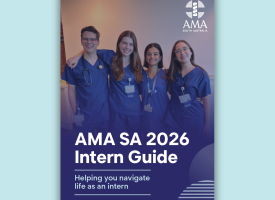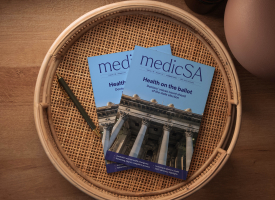Risky Decision on Transfer of Care Protocol amid Hospital Pressures
The AMA Tasmania strongly opposes the Tasmanian Government's decision to reduce the transfer of care (TOC) protocol target to 45 minutes until hospitals are adequately resourced for the current 60-minute protocol.

We recognise the importance of ambulances being available in our community, but this change cannot be safely implemented without significantly increasing the pressures on hospital staff and current resources.
Waving a magic wand to solve one issue only shifts the burden elsewhere.
Our emergency departments across the State are chronically overcrowded, and reducing TOC timeframes will only exacerbate this problem, leading to even longer delays in patient care.
The solution is to enhance both in-hospital and out-of-hospital services, allowing for better patient flow and enabling ambulances to return to service more quickly. This approach will also improve flow for elective surgeries and discharge for older patients.
Dr Michael Lumsden-Steel, President AMA Tasmania, said, “I am utterly gobsmacked that the government would even consider this change without first reviewing and addressing the in-hospital impacts of the current TOC, especially when the Minister is speaking out on an issue before the consultation has even closed on 15 December.
Despite the current TOC being activated for more than twelve months without major system changes being implemented over this time to support this protocol.
Patients are already waiting far too long for procedures, often in non-specialty wards, which hinders their access to timely and coordinated care.”
Minister Bridget Archer may highlight successes in reducing transfer times, but this simplistic narrative ignores the harsh realities within the hospitals.
What’s needed is clear and effective action from State and Federal Governments to properly fund our healthcare services through the National Health Reform Agreement, including resources for rapid assessments and NDIS admissions.
We must address these funding gaps to help improve collaboration between general practitioners and health services to prevent unnecessary admissions and enable timely discharge.
Without the evidence demonstrating substantial improvement following the last TOC implementation, a move to this further reduction in time is simply dangerous. >>>ENDS



